While Barcelona and Madrid often steal the attention of international travelers, Spain’s third-largest city has quietly transformed itself into one of Europe’s most livable and vibrant destinations. Valencia blends stunning Mediterranean beaches with futuristic architecture, preserved medieval districts, and a food scene that locals rightfully claim rivals anywhere in Spain.
The city perfectly balances tradition and innovation, maintaining authentic Spanish character while embracing forward-thinking urban planning. Here are 16 reasons why Valencia deserves recognition as one of Spain’s most rewarding destinations for travelers seeking authentic experiences beyond the usual tourist circuits.
Spectacular City of Arts and Sciences

The iconic City of Arts and Sciences complex is Spain’s most ambitious architectural project of the modern era. Designed by local architect Santiago Calatrava, these gleaming white structures resemble massive alien spacecraft that have landed in an urban park.
The complex houses Europe’s largest aquarium, an interactive science museum, and an opera house with acoustics that attract world-class performers year-round.
The Original Paella
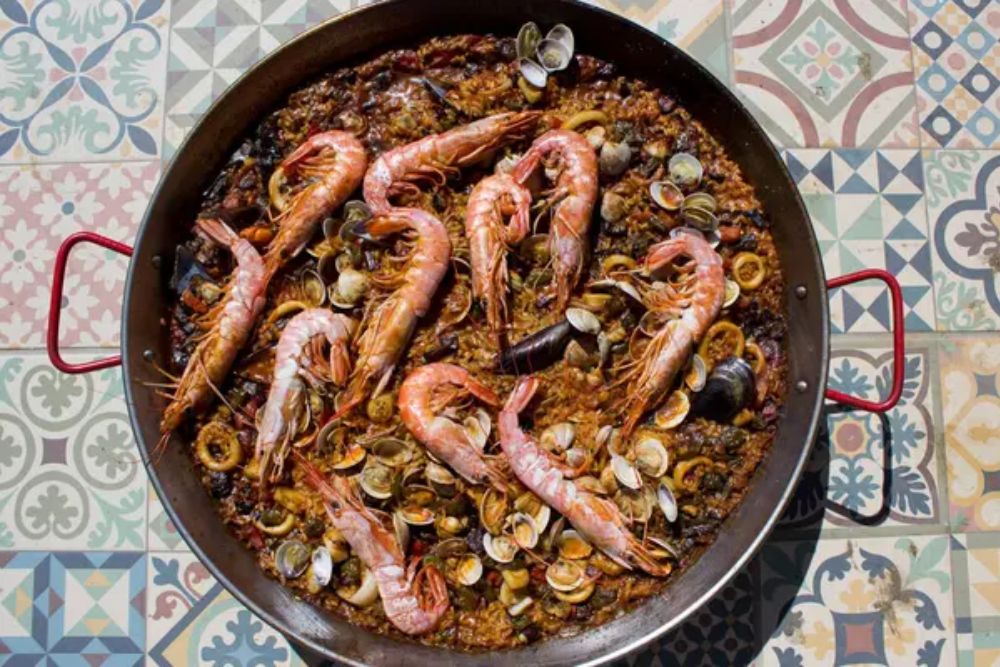
Valencia gave birth to Spain’s most famous culinary export—authentic paella. Local chefs create the dish using techniques passed down through generations, cooking rice in wide metal pans over open wood fires until it develops the coveted socarrat, a crispy caramelized bottom layer.
Traditional Valencian paella contains rabbit, chicken, and local vegetables, setting it apart from the seafood variations in Spain.
Like Travel Pug’s content? Follow us on MSN.
Innovative River Park
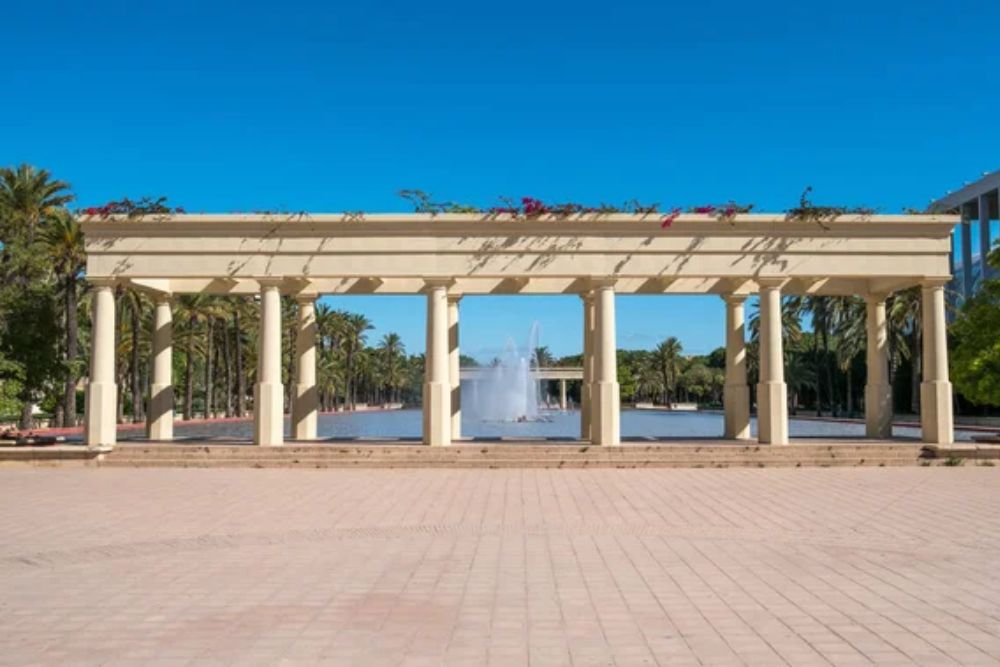
The city transformed a flood-prone riverbed into one of Europe’s largest urban parks after rerouting the Turia River following devastating floods. This nine-kilometer-long green corridor now winds through the heart of Valencia, filled with sports facilities, playgrounds, gardens, and walking paths.
Locals use this converted riverbed as their primary recreation space, making it the perfect spot to observe everyday Valencian life.
Pristine Mediterranean Beaches

Unlike many European coastal cities, Valencia maintains remarkably clean urban beaches just a short tram ride from downtown. Las Arenas and Malvarrosa beaches offer fine golden sand stretching for miles along the Mediterranean with excellent swimming conditions throughout summer.
Traditional seaside restaurants called merenderos line the boardwalk, serving fresh seafood with uninterrupted views of the shore.
Protected Historic Center
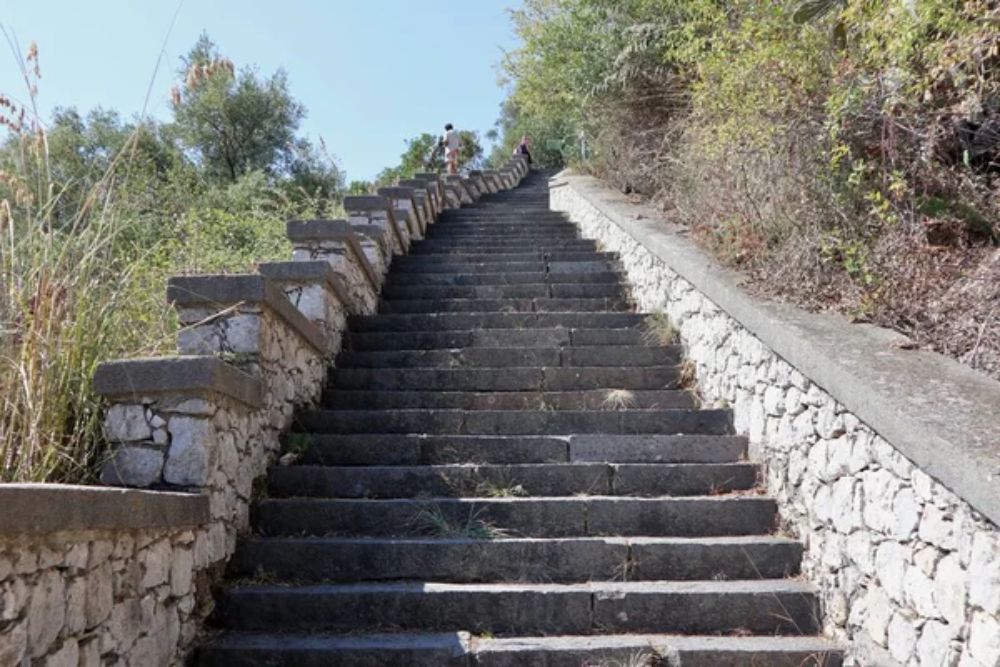
Valencia’s old town contains one of Spain’s largest preserved medieval districts, centered around a 13th-century cathedral housing what many believe is the authentic Holy Grail. Narrow streets wind between buildings adorned with ornate balconies and hidden courtyards that have remained largely unchanged for centuries.
The neighborhood maintains a lived-in authenticity often absent from more heavily touristed Spanish old towns.
Like Travel Pug’s content? Follow us on MSN.
World’s Most Beautiful Market
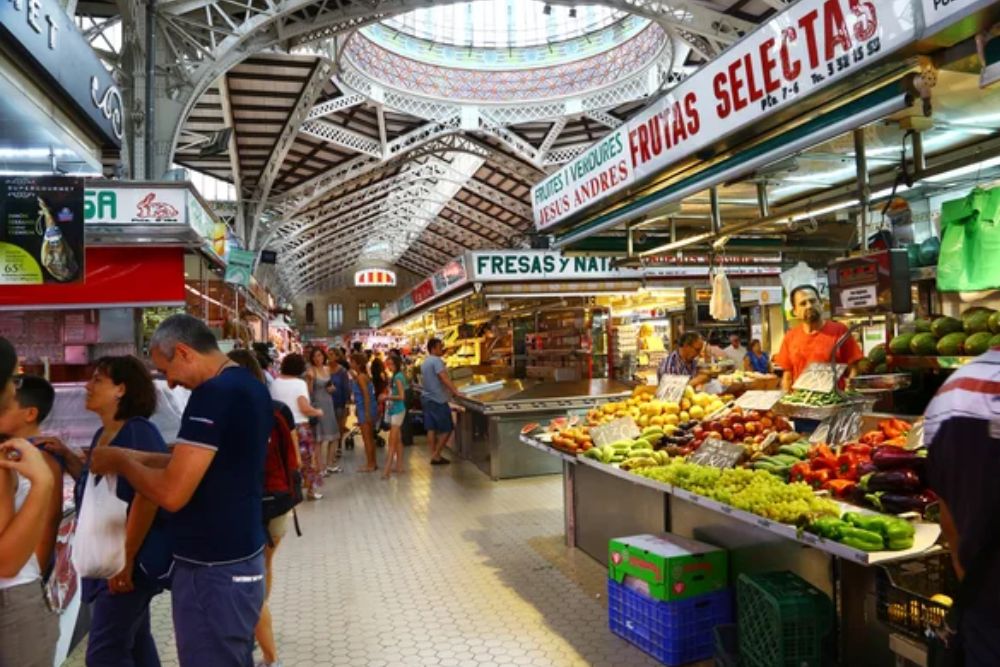
The Central Market houses nearly 400 small vendors beneath stunning Art Nouveau architecture and stained glass domes. Built in 1928, this iron and glass cathedral to fresh food remains a working market where locals shop daily rather than merely a tourist stop.
Vendors arrange vivid displays of Mediterranean produce, creating Instagram-worthy scenes that change seasonally as different fruits and vegetables come into harvest.
Unique Spring Festival
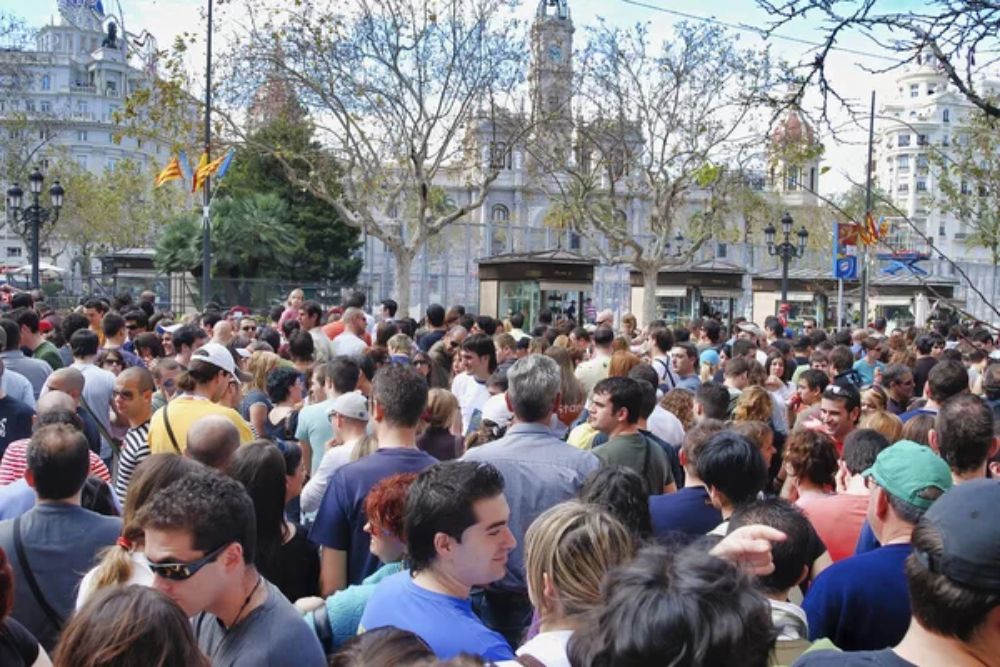
The Las Fallas festival transforms Valencia each March into an open-air art gallery of massive satirical sculptures displayed throughout the city. Local neighborhood associations spend years creating these intricate monuments, some reaching several stories tall, only to burn them in spectacular nighttime events accompanied by fireworks and music.
The festival combines artistry, pyrotechnics, and social commentary in a celebration unlike any other in Europe.
Cutting-Edge Cuisine Beyond Paella
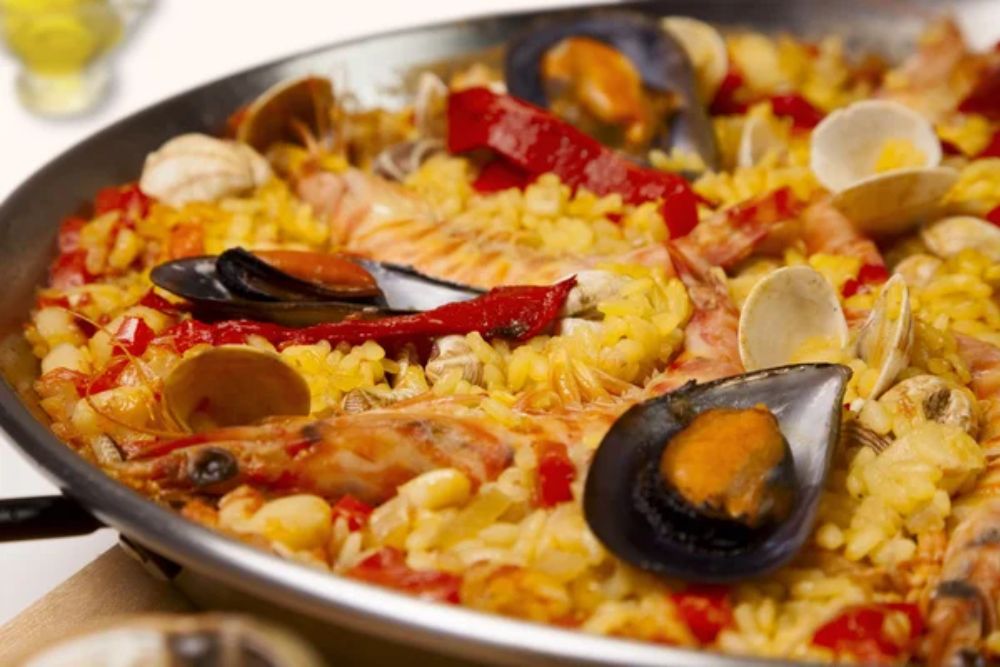
A new generation of Valencian chefs creates innovative dishes that balance respect for tradition with contemporary techniques. The city now boasts seven Michelin-starred restaurants alongside humble establishments serving creative tapas using locally sourced ingredients.
This culinary renaissance extends to plant-based dining, with Valencia becoming an unexpected hotspot for vegetarian and vegan gastronomy in Southern Europe.
Like Travel Pug’s content? Follow us on MSN.
Perfect Climate Year-Round

Valencia enjoys more than 300 days of sunshine annually with mild winters that rarely drop below 50°F. This Mediterranean climate creates ideal conditions for outdoor living throughout the year, with alfresco dining possible even in January.
The consistent sunshine contributes to the city’s relaxed atmosphere and healthy lifestyle centered around outdoor activities and social gatherings.
Affordable Living Costs

Despite its beauty and amenities, Valencia maintains significantly lower prices than Spain’s more famous destinations. Everything from accommodations to restaurant meals typically costs 20-30% less similar experiences in Barcelona or Madrid.
This affordability allows visitors to enjoy extended stays, experiencing the city more like residents than tourists, rushing between famous landmarks.
Thriving Arts Scene

Former industrial warehouses and factories throughout the Russafa district now house galleries, performance spaces, and creative studios, fueling Valencia’s artistic renaissance. Monthly art walks showcase emerging local talent alongside international artists attracted by the city’s creative energy and lower operating costs.
The vibrant street art scene transforms entire neighborhoods into open-air galleries with large-scale murals that evolve regularly.
Like Travel Pug’s content? Follow us on MSN.
Distinctive Local Language

Valencia maintains its unique linguistic heritage through Valencian, a distinct dialect of Catalan with its vocabulary and pronunciation. Street signs appear in Valencian and Spanish, while locals often switch seamlessly between mid-conversation languages.
This linguistic tradition connects modern Valencia to its historical roots while culturally setting it apart from other Spanish regions.
Rice Cultivation Landscapes

Just 6 miles south of the city lies Albufera Natural Park, where rice fields stretch to the horizon surrounding a freshwater lagoon. This protected wetland ecosystem supplies the essential ingredient for Valencian paella while providing habitat for hundreds of bird species.
Traditional farmers still use methods dating back to Moorish times, creating picturesque agricultural landscapes best viewed during spring planting when fields become shimmering mirrors reflecting the sky.
Vibrant Café Culture

Valencia refined coffee culture into an art form centered around local traditions like horchata (a refreshing tiger nut milk) served with fartons (elongated sweet pastries). The ritual of afternoon merienda brings people together at outdoor café tables throughout the city for coffee and conversation between lunch and dinner.
These daily social gatherings exemplify the Valencian approach to balancing work and leisure throughout the daily life.
Like Travel Pug’s content? Follow us on MSN.
Innovative Bike Infrastructure

The city created one of Europe’s most comprehensive urban cycling networks, with over 100 miles of dedicated bike lanes connecting all major neighborhoods and attractions. This infrastructure supports Valencia’s Valenbisi bike-sharing program, making two-wheeled transportation the fastest way to navigate the city.
The flat terrain and mild climate create perfect conditions for cycling as everyday transportation rather than merely a form of recreation.
Progressive Environmental Policies
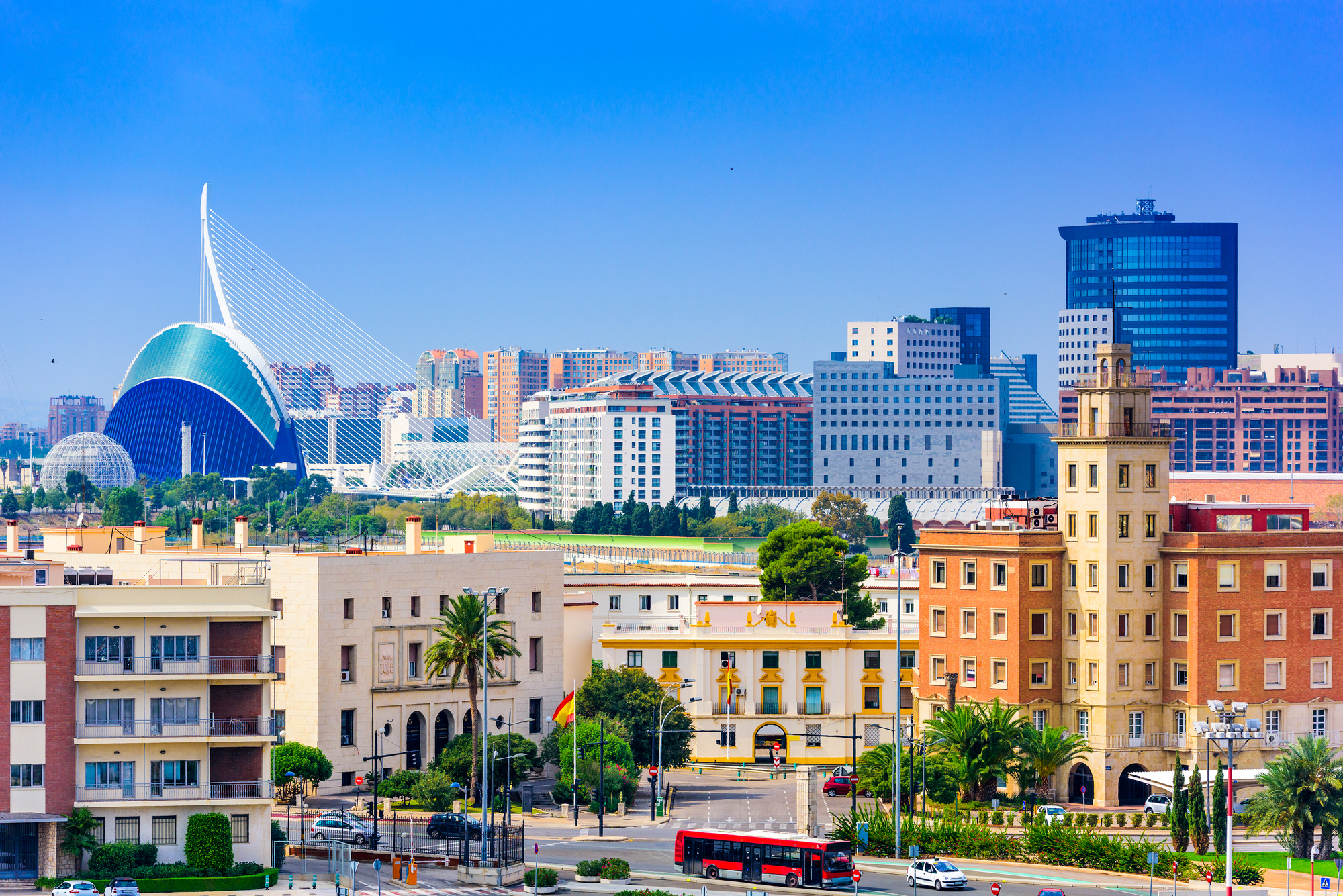
Valencia leads Spain in sustainable urban planning, implementing ambitious recycling programs and renewable energy initiatives throughout the city. Public buildings feature green roofs, rainwater collection systems, and solar panels that maximize abundant sunshine.
The municipality’s commitment to reducing carbon emissions earned European Green Capital finalist status, demonstrating how historic Mediterranean cities can adapt to environmental challenges.
Valencia’s Golden Moment
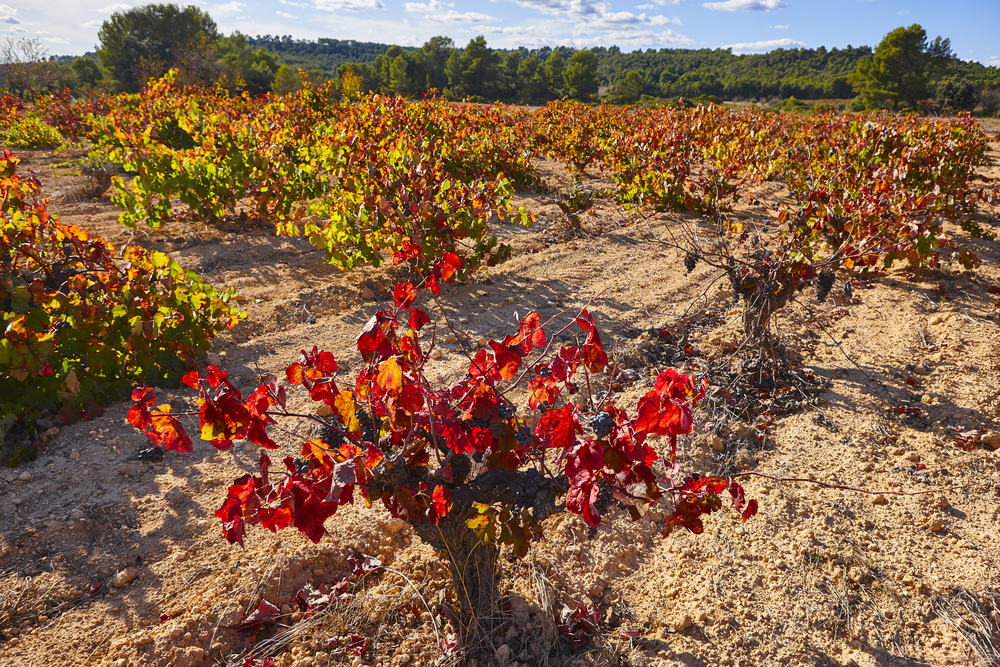
After decades in the shadow of Spain’s more famous destinations, Valencia has emerged as the country’s most livable city without sacrificing its authentic cultural identity. The city successfully navigates the delicate balance between preserving historical character and embracing innovation, creating spaces where medieval traditions and cutting-edge design coexist harmoniously.
Valencia offers visitors a glimpse of contemporary Spanish life where the quality of experience consistently takes precedence over the quantity of attractions. This refreshing approach to urban living, combined with natural beauty and cultural richness, ensures Valencia’s moment in the spotlight is not just a passing trend, but a well-earned recognition of Spain’s most balanced and forward-looking city.
More from Travel Pug

- Cities Growing so Fast You Won’t Recognize Them in 10 Years
- 13 Destinations Where Tourists Regularly Regret Their Trip
- 16 U.S. Cities That Are Quietly Becoming Travel Hotspots
- Where to Travel If You Love Long Bus Rides and Daydreams
- 20 Cities Perfect for Solo Travelers Who Crave Adventure & Culture
Like Travel Pug’s content? Follow us on MSN.
